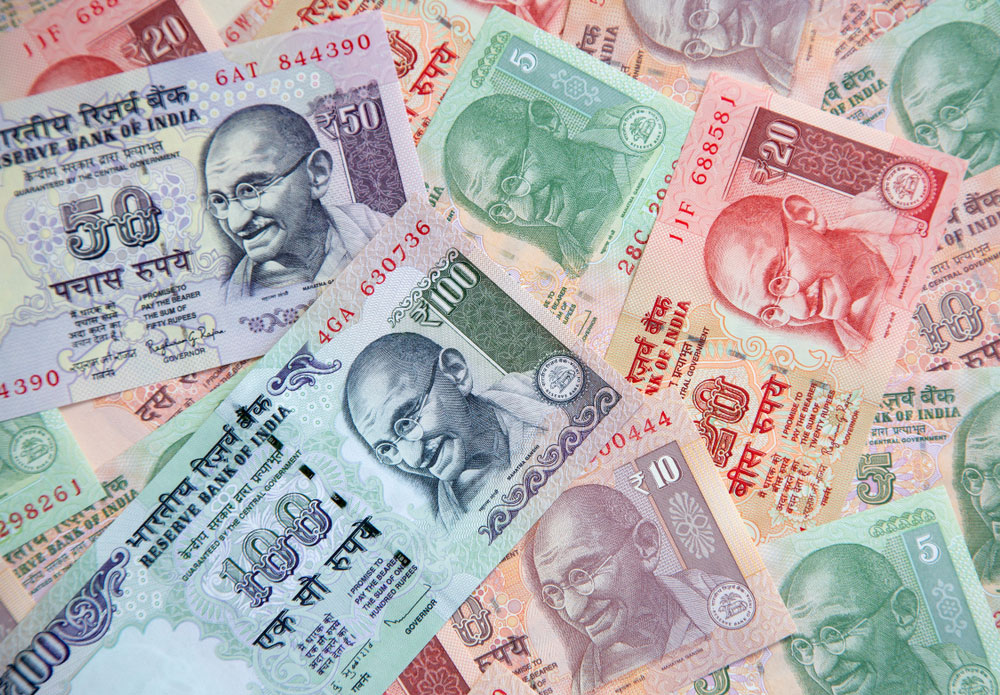The government will be raising tariffs and is considering an NRI bond issue in a bid to defend the rupee which fell to a new all-time intra-day low of Rs 74.50 to a dollar on Thursday.
Late on Thursday it hiked the import duty on certain communication items, including base station and digital line systems, to 20 per cent.
This is the second round of import duty hikes after the government on September 26 increased duties on 19 items, including refrigerators and air conditioners, as it looks to cut non-essential imports to check the widening current account deficit (CAD).
Sources said a meeting was expected to be convened this week to discuss fresh measures to arrest the fall of the rupee and the bloodbath on the stock markets which crashed with the Sensex shedding as much as 1000 points in early trade before recovering some ground later in the day.
Officials have been saying that an NRI bond may be considered as a way to shore up the foreign exchange reserves and help nudge its value up.
In the past, India successfully raised NRI bonds in 1998 and 2000. In 2013, the RBI raised foreign currency deposits through a subsidised scheme to shore up its reserves. India’s forex reserves decreased to $400.52 billion from $401.79 billion for the week ended September 21. In contrast, the reserves stood at $424.55 billion in March 2018.
Sources also hinted at the RBI raising policy rates next month to shore up the rupee and attract more investments.
North Block also tried to talk up the markets by calling a hurriedly convened press briefing. A top official described Thursday’s rupee movement as part of a “ripple effect” of the US Federal reserve raising interest rates and the “IMF downgrading global growth rate and US growth rate for next year”.
The official said, “Both these had impact on markets.” The Sensex lost 1030 points to crash to below 34000 levels before effecting a recovery to touch 34001.
The rupee has also lost more than 13 per cent since the beginning of 2018. The current account deficit or the difference between inflow and outflow of foreign exchange, widened to 2.4 per cent of GDP in the April-June quarter.
“The rupee, balance of payments and CAD are the main worries, we have a strategy in place to tackle the situation. We will take action at an opportune time on these issues,” the official said, while stressing that the Indian market was still relatively stable compared with other equity markets.
“The rupee may remain firm if oil prices stay range bound. We do believe that the rupee should appreciate from this level,” the official said.
He predicted a range of $79-85 a barrel of crude for the coming months. However, analysts feel oil could go up to $90 a barrel.
Though President Trump has criticised the hike in the US Fed rate by stating that “the Fed has gone crazy”, many observers, including IMF chief Christine Lagarde, said the hikes were justified.










